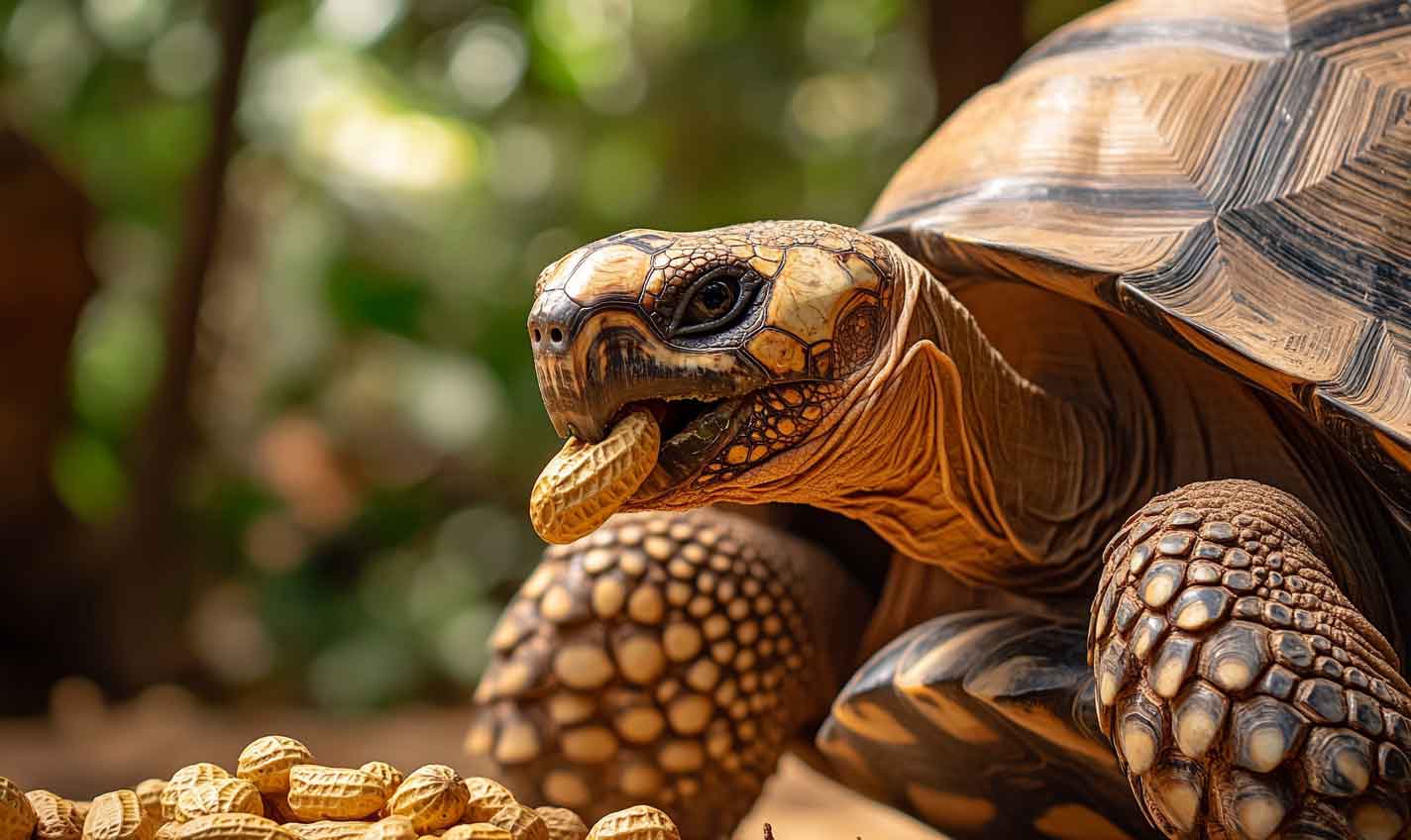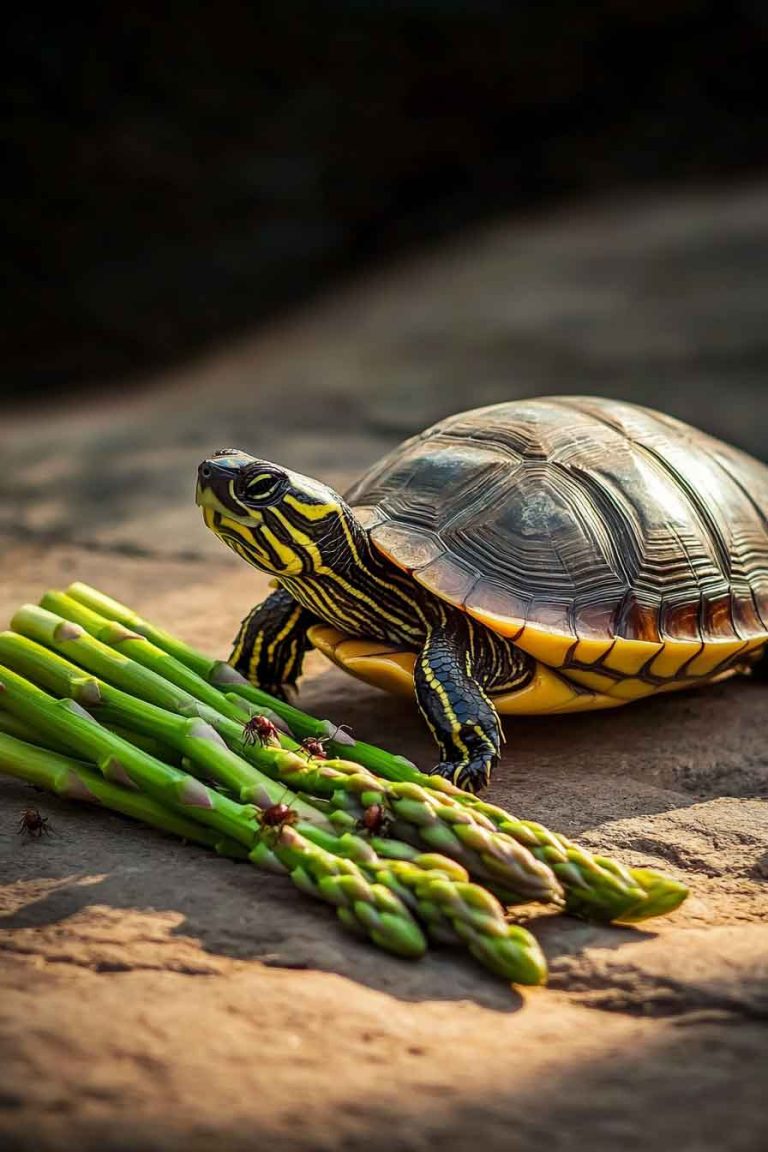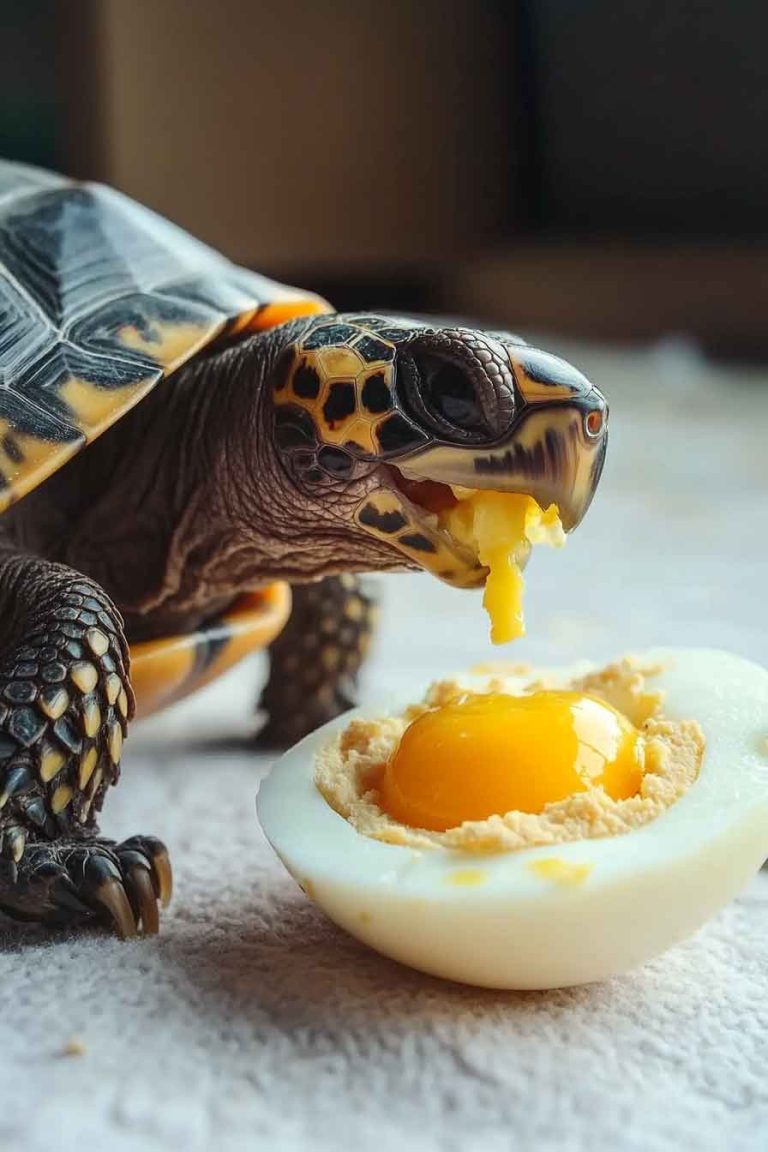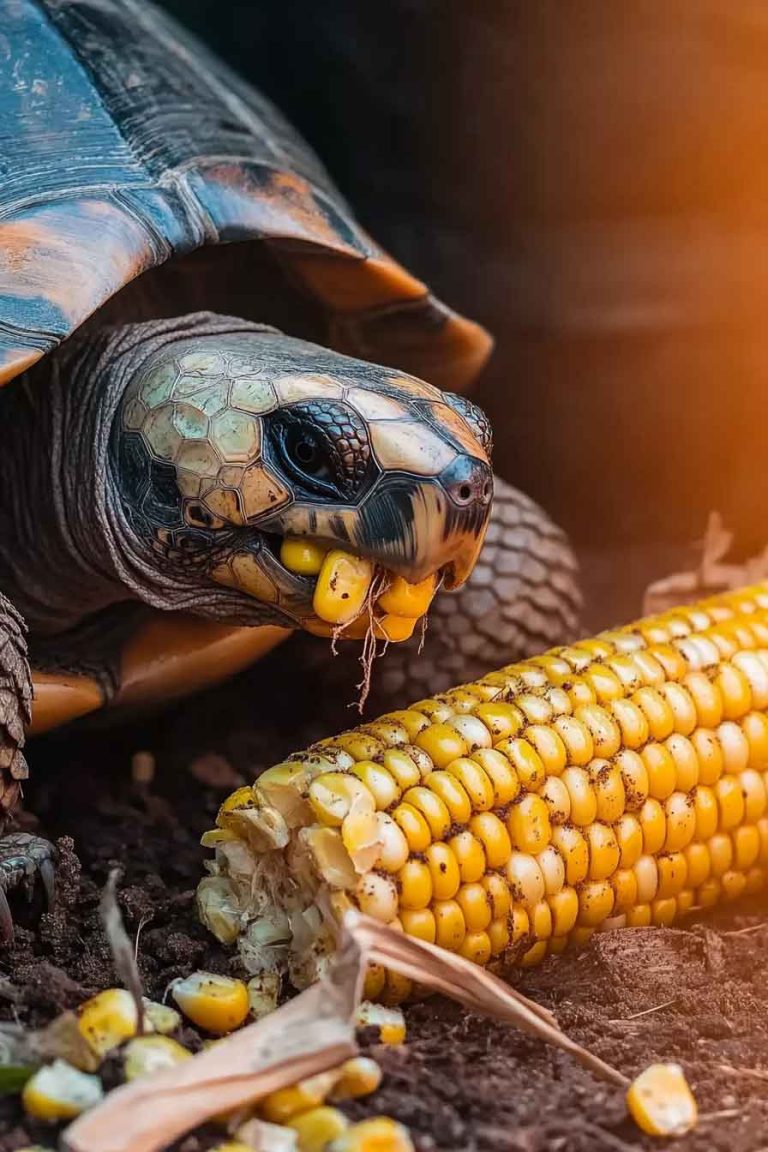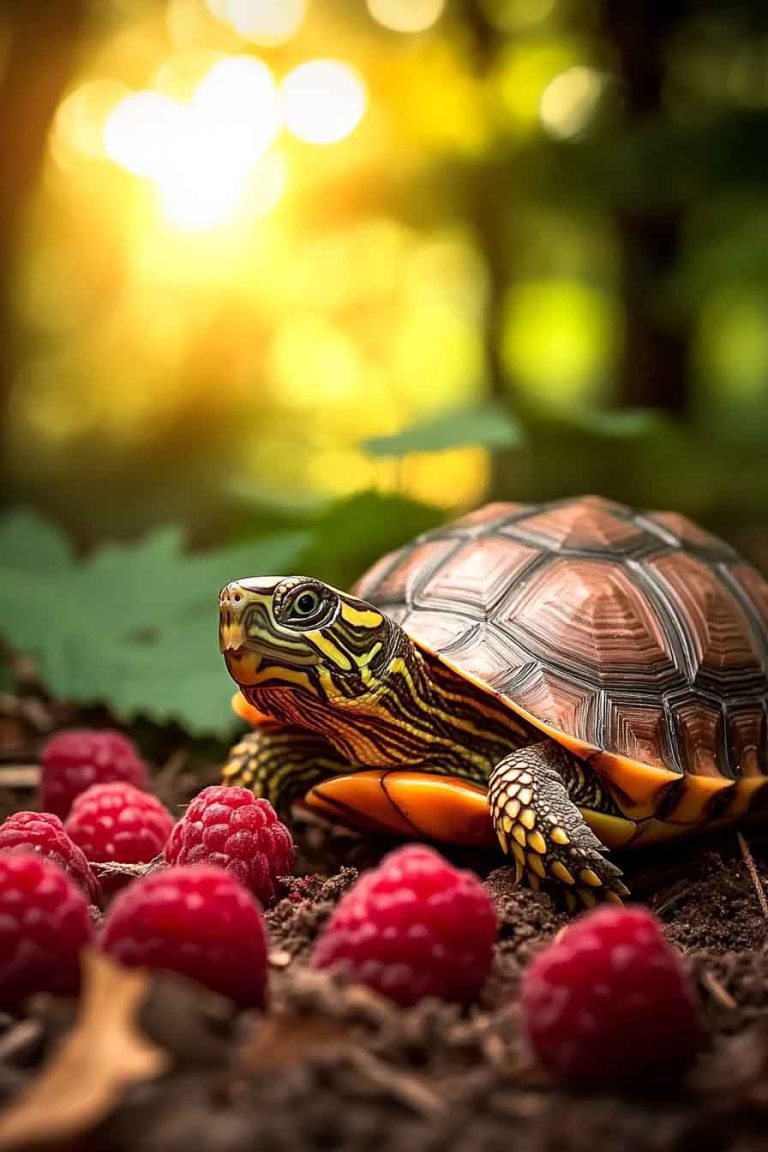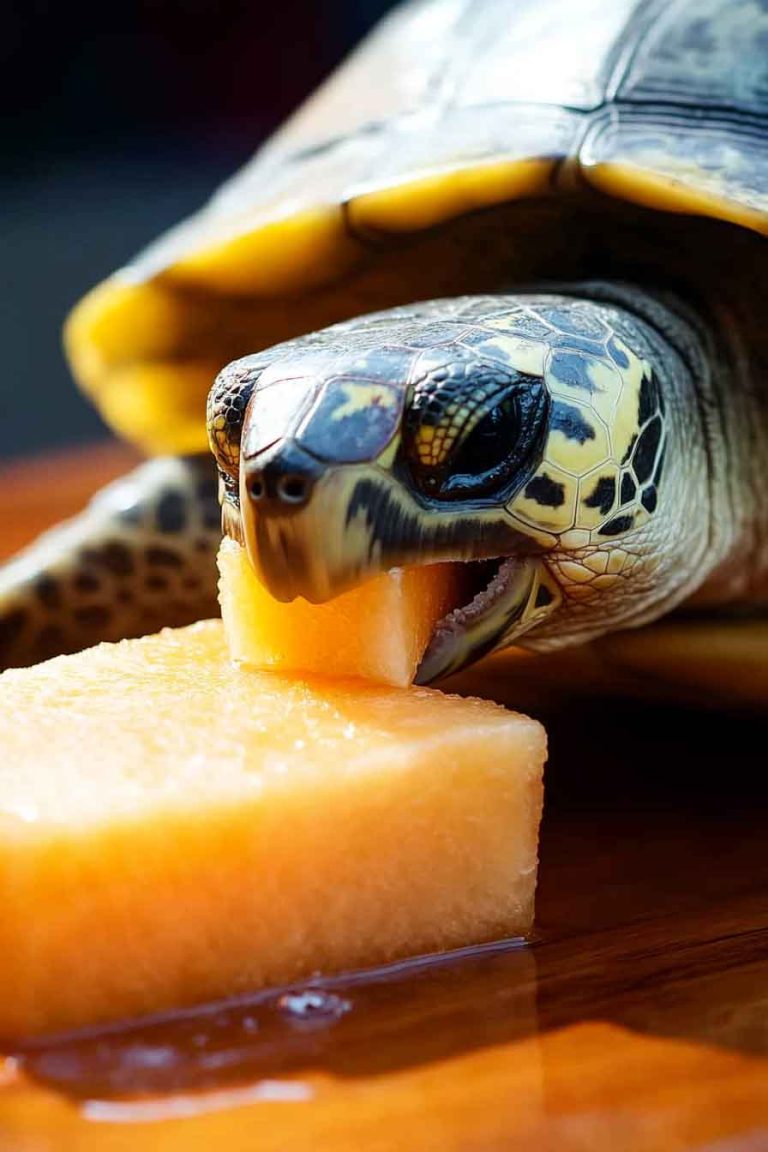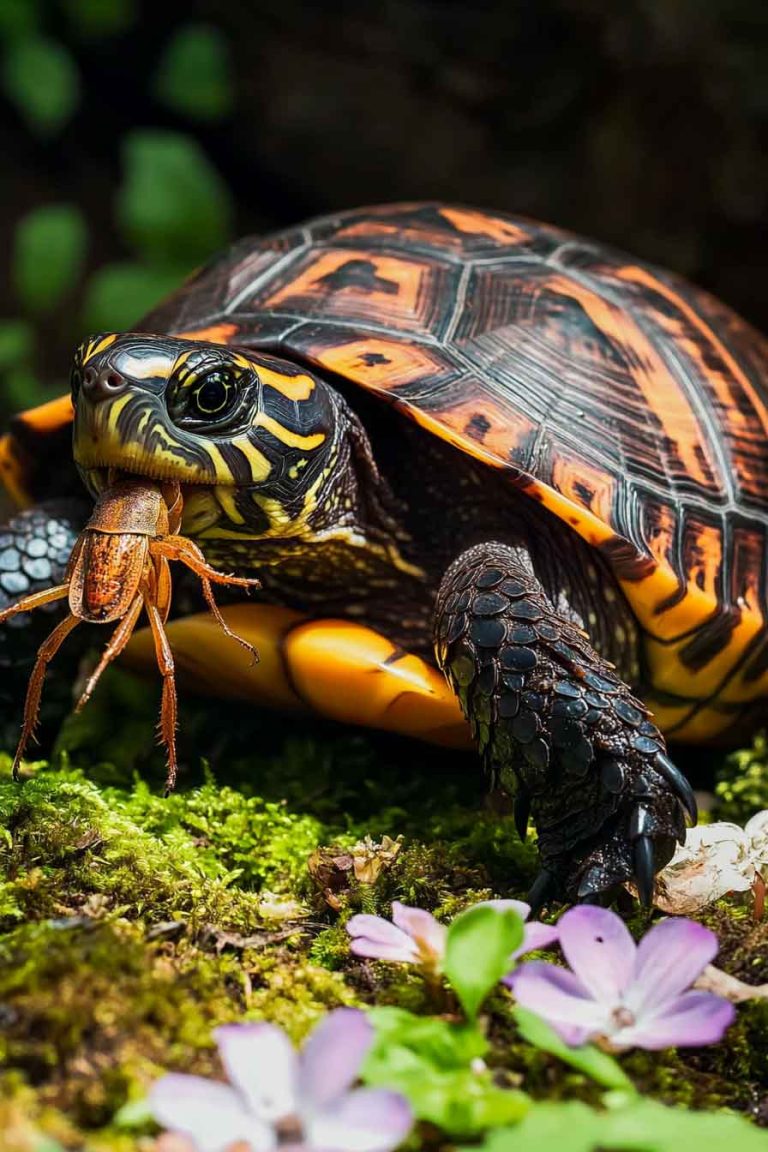Can Turtles Eat Peanuts? The Truth Every Owner Should Know
If you’re like me and have a beloved pet turtle, you’ve probably found yourself wondering what treats you can share with your shelled companion. I know I’ve been tempted to offer my turtle some of my favorite snacks, including peanuts. After all, they’re natural and seem harmless enough, right? So, can turtles eat peanuts? The…
If you’re like me and have a beloved pet turtle, you’ve probably found yourself wondering what treats you can share with your shelled companion. I know I’ve been tempted to offer my turtle some of my favorite snacks, including peanuts. After all, they’re natural and seem harmless enough, right?
So, can turtles eat peanuts? The answer is no – turtles should not eat peanuts. While peanuts aren’t as immediately toxic as some foods, they pose several health risks for turtles including choking hazards, digestive issues, and nutritional imbalances. Peanuts are too high in fat and protein for most turtle species and can lead to serious health complications.
In this article, I’m going to share everything I’ve learned about why peanuts are problematic for turtles and what you should do if your turtle accidentally consumes them. Keep reading if you want to keep your turtle healthy and happy!
Can You Feed Peanuts To Your Pet Turtle?
The short answer is – absolutely not. I know it might seem confusing since peanuts are technically legumes (not nuts!) and come from the ground, but they’re completely unsuitable for turtle consumption. Think of peanuts as the “forbidden legume” for your turtle friend.
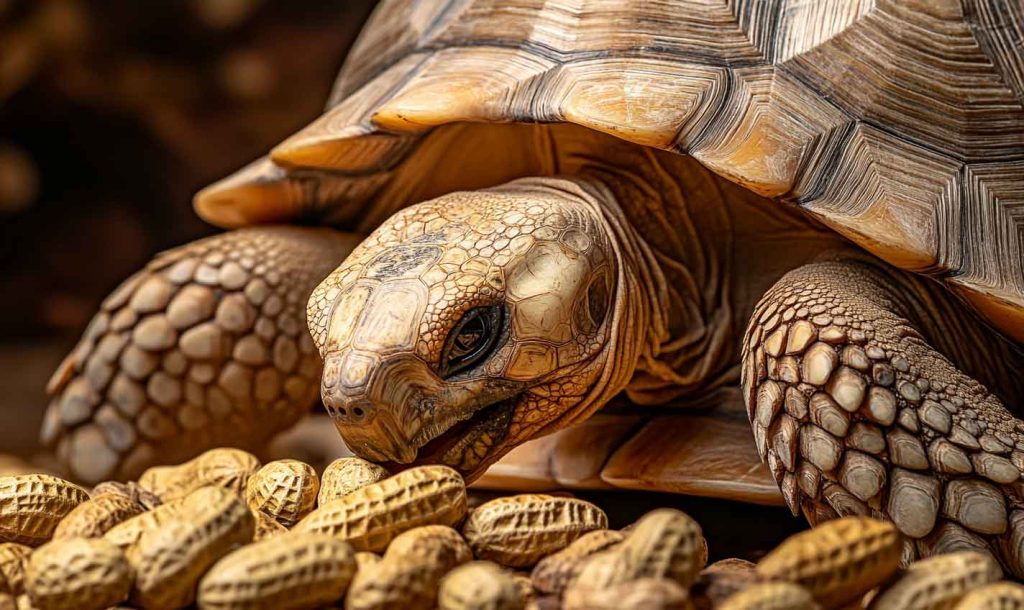
Turtles have specialized digestive systems that are designed to process specific types of foods based on their species. Most turtles can’t handle the high fat and protein content found in peanuts. Let me break down what’s actually in 100 grams of peanuts so you can see why they’re problematic:
Nutritional Content of Peanuts (per 100g):
- Calories: 567 kcal
- Protein: 25.8 g
- Fat: 49.2 g
- Carbohydrates: 16.1 g
- Fiber: 8.5 g
- Sugar: 4.7 g
- Calcium: 92 mg
- Phosphorus: 376 mg
- Sodium: 18 mg
- Potassium: 705 mg
Looking at this nutritional breakdown, you can immediately see several red flags. The fat content is astronomically high at nearly 50%! Most turtle species require a diet that’s much lower in fat – typically around 5-10% at most.
The calcium to phosphorus ratio is also completely wrong for turtles. With 92 mg of calcium and 376 mg of phosphorus, peanuts have roughly a 1:4 ratio, which is the opposite of what turtles need. Turtles require a 2:1 calcium to phosphorus ratio for proper shell and bone development.
The protein content is also excessive for most turtle species, especially herbivorous ones. This much protein can strain their kidneys and lead to long-term health issues.
Do Turtles Like Peanuts?
In my experience, some turtles might show interest in peanuts initially, but this doesn’t mean they should have them. Turtles are curious creatures and will often investigate new foods, but their interest doesn’t indicate nutritional suitability.
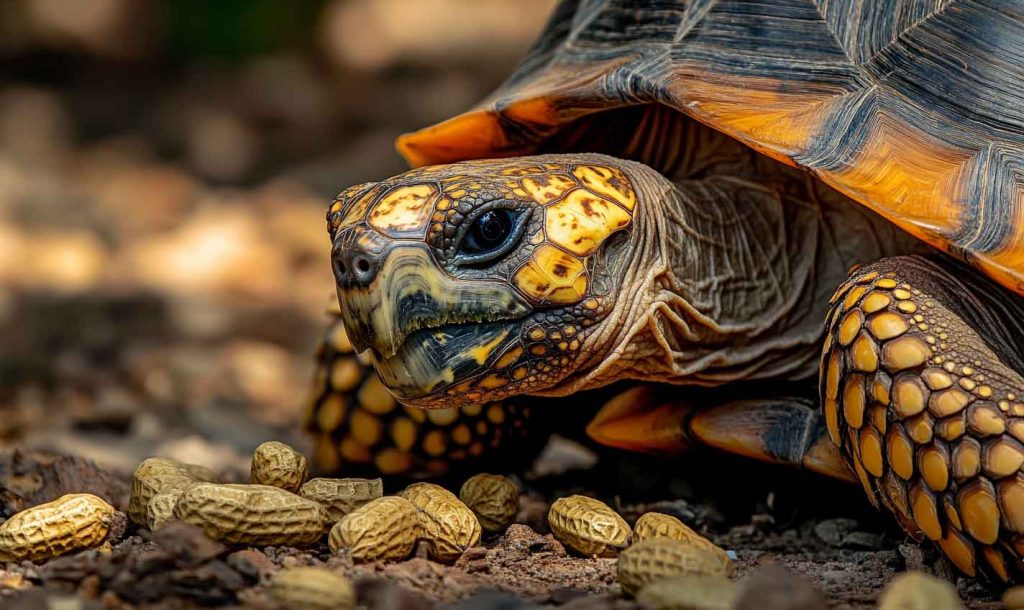
Most turtles that consume peanuts will have difficulty digesting them properly. The high fat content can cause digestive upset, and the size and texture can pose choking hazards, especially for smaller turtle species.
I’ve noticed that turtles often prefer foods that are more aligned with their natural diet – fresh vegetables, aquatic plants, and appropriate proteins for omnivorous species.
Health Risks for Turtles Eating Peanuts
Let me walk you through the serious health risks that peanuts pose to your turtle. Understanding these dangers will help you make better dietary choices for your pet.
Choking Hazard
Peanuts are dense and can easily become lodged in a turtle’s throat or esophagus. Unlike humans, turtles can’t perform the Heimlich maneuver on themselves! The size and hard texture of peanuts make them particularly dangerous for smaller turtle species.
Even if your turtle manages to swallow peanuts whole, they can cause blockages in the digestive tract, which may require emergency veterinary intervention.
Digestive Disorders
The extremely high fat content in peanuts can wreak havoc on your turtle’s digestive system. Turtles aren’t equipped to process such fatty foods, which can lead to:
- Severe diarrhea
- Vomiting
- Stomach pain and discomfort
- Digestive tract inflammation
- Fatty liver disease over time
I’ve seen turtle owners rush their pets to the vet after feeding them high-fat foods like peanuts, so trust me when I say it’s not worth the risk.
Calcium Deficiency and Metabolic Bone Disease
This is perhaps the most serious long-term consequence of feeding peanuts to turtles. The improper calcium to phosphorus ratio can lead to calcium binding, preventing your turtle from absorbing this crucial mineral.
Calcium deficiency in turtles can cause:
- Soft, deformed shells
- Brittle bones
- Metabolic Bone Disease (MBD)
- Difficulty moving and swimming
- Increased susceptibility to infections
MBD is irreversible in advanced stages, making prevention absolutely critical.
Kidney Problems
The excessive protein content in peanuts can overwork your turtle’s kidneys. Over time, this can lead to kidney damage or failure, which is often fatal in reptiles.
Obesity and Related Health Issues
The high calorie content of peanuts can quickly lead to obesity in turtles. Overweight turtles face numerous health challenges including:
- Difficulty retracting into their shells
- Respiratory problems
- Increased risk of infections
- Shortened lifespan
- Mobility issues
How Many Peanuts Should Turtles Eat?
The answer is simple: zero. Not even a tiny piece. There’s no safe amount of peanuts for turtles to consume.
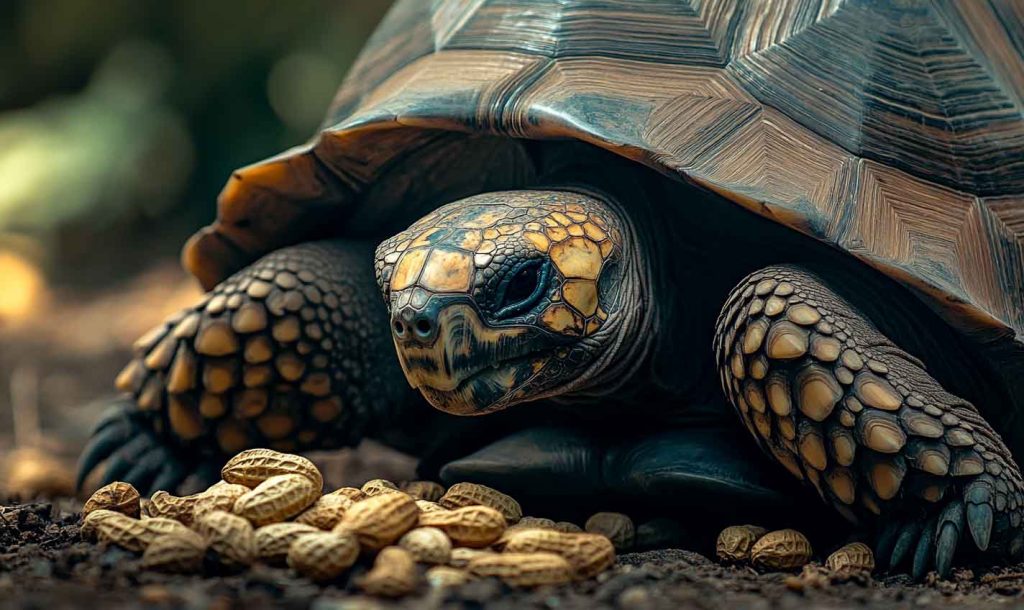
I know it can be tempting to share your snacks with your pet, but when it comes to peanuts, there’s no “just a little bit” rule. Even small amounts can cause digestive upset and contribute to nutritional imbalances over time.
Can You Feed Peanuts to Baby Turtles?
Absolutely not! This is even more critical for baby turtles. Young turtles are more vulnerable to all the risks I’ve mentioned, and their smaller size makes choking hazards even more dangerous.
Baby turtles need carefully balanced diets to support their rapid growth and shell development. Peanuts provide none of the nutrients they need and can seriously compromise their health.
What to Do If Your Turtle Accidentally Eats Peanuts
If your turtle has consumed peanuts, don’t panic, but do take action:
- Remove any remaining peanuts from their enclosure immediately
- Monitor your turtle closely for signs of distress, choking, or digestive issues
- Provide fresh water to help with digestion
- Contact your veterinarian if you notice any concerning symptoms
- Keep a food diary to track any symptoms that develop
Signs to watch for include:
- Difficulty breathing or swallowing
- Vomiting or regurgitation
- Diarrhea or changes in waste
- Lethargy or unusual behavior
- Lack of appetite
Safe and Healthy Alternatives to Peanuts
Instead of peanuts, I recommend offering your turtle species-appropriate treats such as:
For Herbivorous Turtles:
- Leafy greens (collard greens, dandelion leaves)
- Squash and sweet potatoes
- Bell peppers
- Strawberries (in moderation)
For Omnivorous Turtles:
- Commercial turtle pellets
- Small pieces of cooked chicken (occasionally)
- Earthworms or crickets
- Fresh fish (for aquatic species)
For All Turtles:
- Calcium-rich vegetables
- Fresh, clean water
- Species-specific commercial foods
Frequently Asked Questions (FAQs)
Can Box Turtles Eat Peanuts?
No, box turtles should not eat peanuts. Despite being omnivorous, box turtles still face the same risks from peanuts as other turtle species. Their natural diet consists of fruits, vegetables, and small animals – not high-fat legumes like peanuts.
Can Red-Eared Slider Turtles Eat Peanuts?
Red-eared sliders should never consume peanuts. These semi-aquatic turtles have sensitive digestive systems that can’t handle the high fat content. Peanuts can cause severe digestive issues and long-term health problems in sliders.
Can Painted Turtles Eat Peanuts?
Painted turtles, like all turtle species, should avoid peanuts completely. These beautiful semi-aquatic turtles need a diet rich in aquatic vegetation and appropriate proteins, not fatty legumes that can harm their health.
Are Peanut Shells Safe for Turtles?
No, peanut shells are not safe either. They can cause choking, intestinal blockages, and may contain harmful bacteria or pesticides. Keep all parts of peanuts away from your turtle.
What About Peanut Butter?
Peanut butter is even worse than whole peanuts! It’s extremely high in fat, often contains added sugar and salt, and can easily cause choking. Never give your turtle peanut butter.
Conclusion
As much as I’d love to share all my favorite snacks with my turtle, peanuts simply aren’t safe for our shelled friends. The risks far outweigh any potential benefits, and there are so many better alternatives available.
Being a responsible turtle parent means making informed decisions about your pet’s diet. By avoiding peanuts and sticking to species-appropriate foods, you’re giving your turtle the best chance at a long, healthy life.
Remember, when in doubt, consult with a reptile veterinarian about your turtle’s dietary needs. Every turtle is unique, and professional guidance can help ensure you’re providing the best possible care for your beloved pet.
I hope this article has helped clear up any confusion about turtles and peanuts. Your turtle will thank you for keeping their diet safe and appropriate – even if they can’t say it in words!

